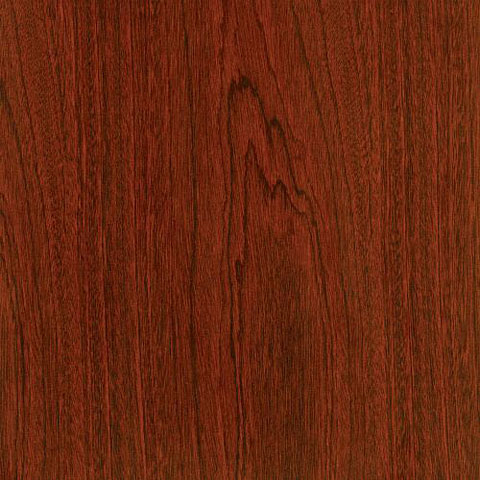The Mahogany
Download PDFIn reality, the mahogany refers to tropical trees. We especially find them in South America and Central America, but also in the Antilles, where they belong to the Swietenia kind. We also find the mahogany on the African continent where it belongs to the Khaya kind. It this type of mahogany that is mainly used from the furniture making. As for the Asian mahoganies, it belongs to the Toona kind.
All these pieces belonging to different kinds, own their own particularities, allowing to distinguish them. Nevertheless, no matter the species, the mahogany is easy to recognize, especially thanks to its wood hues, going from the pale rose to the brown/red.
The mahogany is used by the European furniture makers quite frequently from the middle of the 18th century, solid or veneer. Nevertheless, we find more solid mahogany furniture so-called “port furniture” in the port cities like Bordeaux, Nantes, or Saint-Malo for instance, where the best pieces of mahogany were sold as soon as they arrived for an interesting price. More often, the two technicals were used for the making of furniture, the mounts of the body and the mouldings were in solid mahogany, while they used the veneer technical for the crossties and the panels. Finally, from the 19th century, most of the mahogany furniture were made of veneer mahogany on a solid oak or poplar body from Italy.
The mahogany wood was widely imported from America and especially from the Malabar islands but also Haiti, Cuba or Mexico. Nevertheless, the mahogany varieties the most popular come from Saint-Domingue (mahogany from Haiti) and Cuba.
It was first the English that started the importation from 1730, then the French, twenty years later. Thiw wood knew a quick success in Europe and became from the late 18th century and the beginning of the French Empire, the favorite wood for furniture. Nevertheless, the blockade of 1806 by Napoléon, stopped its use for indigenous wood varieties.
It’s only in the 1850’s that the massive importation of mahogany restarts and lets it become a luxury material accessible to all and priced the same as the indigenous varieties.











